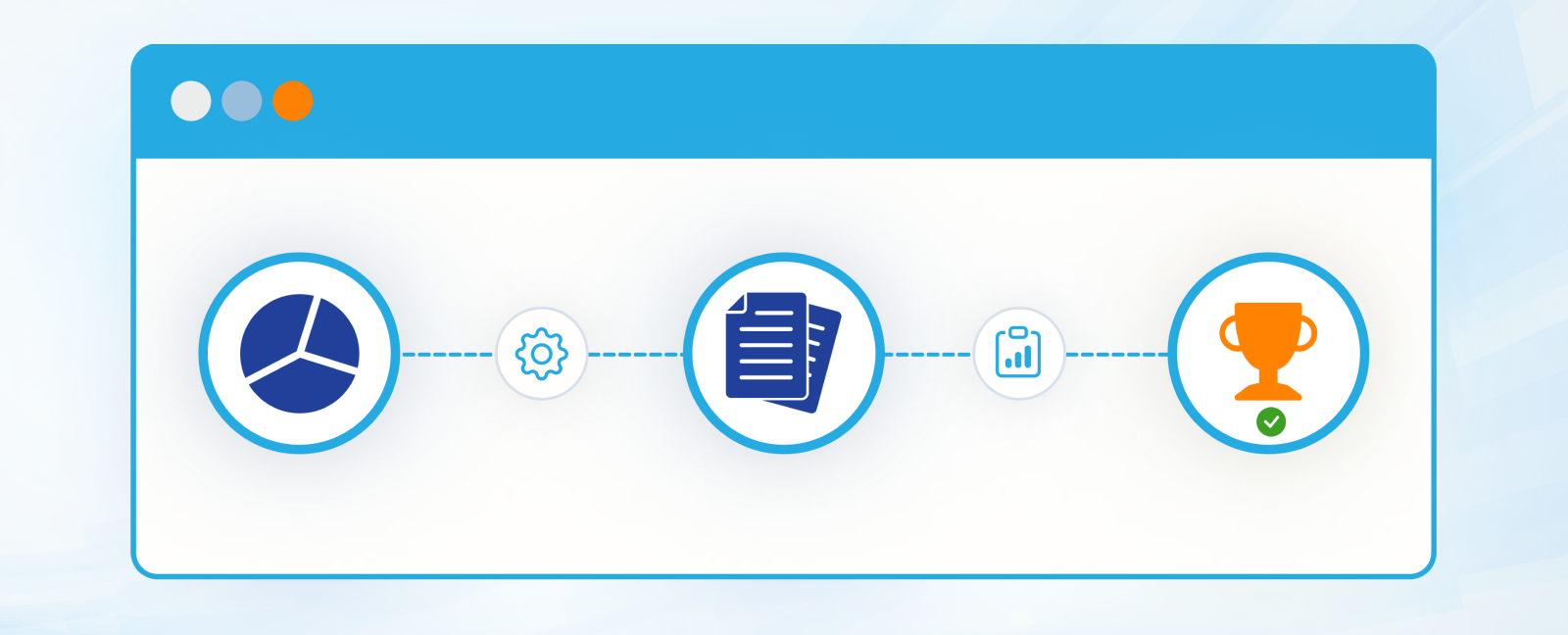
The Changing Role of the Modern Business Analyst
Business Analysts (BAs) are in high demand by organizations in a wide range of industries. According to the US Bureau of Labor Statistics, employment for BAs is projected to grow much faster than the average for all other growing occupations1. According to the International Institute of Business Analysis (IIBA®), the reasons for this increasing demand include the following:2
1. Digital Transformation: Businesses are making digital transformation a top priority and BAs can make this change simpler. As top leadership puts more focus on digital transformation, analytics and information management become more critical. When this happens, BAs become vital components in bridging the gaps between clients and developers.
2. Development Translation: Developing complex processes can be a difficult task that BAs can facilitate. Once a new process has been implemented, employees need to understand what this new process means for the organization. Management is not always capable of explaining this change and this is where the BA role comes in. Skilled BAs can serve as point of contact to explain changes and answer technical questions.
3. Change Management: Implementation of a transformation project is the easy part. Making the change stick is more difficult as people naturally resist change. BAs can ease this transition and help staff adapt to new practices.
What precedes shows that the role of the BA is critical. However, what is less clear is the actual job description of a typical business analyst. So, what is a BA actually supposed to do? To shed more light on the varied tasks of the modern BA, I have summarized the list of the different activities that a BA is expected to perform based on the IIBA® Business Analysis Book of Knowledge (BABOK®)3. These tasks are:
1. Business Analysis Planning and Monitoring: The tasks in this knowledge area organize and coordinate the efforts of BAs. The outputs of these tasks can be used as guidelines for other activities. These tasks are:
- Planning the Business Analysis Approach by describing the overall project and including the creation or selection of a methodology for planning the individual activities, tasks, and deliverables.
- Planning Stakeholder Engagement by listing the relevant stakeholders and what is needed from them, what they need, and the best way to engage and collaborate with them.
- Planning Business Analysis Governance by defining the business analysis components that support the organization’s governance function. This ensures proper decision-making that follows an agreed upon process.
- Planning Business Analysis Information Management by defining how the information that is developed by BAs will be captured, stored, and integrated.
- Identifying Business Analysis Performance Improvements by describing how the project will be managed and monitored, to ensure that commitments are met and that improvement opportunities are successful.
2. Elicitation and Collaboration: The tasks in this knowledge area revolve around what BAs must do to obtain information from stakeholders and confirm results. Elicitation is about gathering information from different sources, while collaboration is about working with others towards reaching a common goal. This includes the following tasks:
- Preparing for Elicitation by ensuring that all stakeholders have the needed information to understand the activities they will perform.
- Conducting Elicitation by understanding stakeholder needs and identifying potential solutions to meet those needs.
- Confirming Elicitation Results by ensuring a shared understanding among stakeholders regarding the elicitation outcome as well as comparing the different information received to look for inconsistencies or gaps.
- Communicating Information by providing stakeholders with the information they need.
- Managing Stakeholder Collaboration by engaging stakeholders in the overall business analysis process to ensure that the BA delivers needed results.
3. Requirements Life Cycle Management: The purpose of this knowledge area is to ensure that all requirements are aligned with one another as well as with the solution. The tasks here involve establishing strong control over the requirements and their implementation. The BA must establish meaningful relationships between related requirements. If needed, the BA must assess requirement changes and gain consensus on implementing these changes among stakeholders. The requirements life cycle starts with representing the business need as a requirement, continues through the development of a solution, and ends when a solution is successfully applied.
4. Strategy Analysis: The goal here is to define the future and transition states needed to address the business requirement. To do that, the BA must engage in strategic thinking to discover or imagine a range of possible solutions that will enable the enterprise to capture and create greater value. This knowledge area is an ongoing activity that assesses business needs, changes in those needs, or any new information that may indicate that a change in strategy is required.
5. Requirements Analysis and Design Definition: These are the tasks the BA must perform to structure and organize requirements discovered during the elicitation phase. They include specifying and modelling requirements and designs, validating and verifying information, identifying solution options, and estimating the potential value of each solution option. The BA’s role in modelling needs, requirements, and solutions is critical to ensure that a thorough analysis is performed. In collaboration with implementation subject matter experts, BAs define solution options that can be evaluated in order to recommend the optimal solution.
6. Solution Evaluation: In this knowledge area, BAs must assess the performance and value of a proposed solution. Solution components can be in varying stages of development including:
- Prototypes or Proofs of Concept that are working, but are limited versions, of a solution that demonstrates value.
- Pilot or Beta Releases that are limited implementation versions of a solution that can be used to understand how well the solution works, and the actual value it can deliver before full release.
- Operational Releases that are partial versions of completed solutions used to achieve business objectives, execute a process, or fulfill a desired outcome.
While it is difficult to exhaustively catalogue the tasks of the modern BA, the above list provides a general approach that can be used as a guideline. In today’s fast-moving business environment, BAs are called upon to deliver a wide range of tasks including assessing processes, determining requirements, delivering data-driven recommendations, and reporting to executives and stakeholders. Given this wide range of tasks, it is critical that organizations hire, train and retain the best and brightest for this important position.
- US Bureau of Labor Statistics. https://www.bls.gov/ooh/business-and-financial/management-analysts.htm
- International Institute of Business Analysis. https://www.iiba.org/iiba-analyst-catalyst-blogs/3-reasons-why-companies-are-hiring-business-analysts/
- International Institute of Business Analysis. https://www.iiba.org/standards-and-resources/babok/
Related Articles

The Comedy of KPIs: Al-Meqyass Family Saga
Once upon a time, in a cozy suburban neighborhood, lived the Al-Meqyass…

Public Sector Benchmarking: Driving Success Through Comparative Analysis and Innovation
When I worked in the public sector, benchmarking was one of the crucial…

Advanced Visualization Tools: Generating Sunburst Charts
Data visualization is a crucial aspect of data analysis, allowing users…

Cobras and the Law of Unintended Consequences
In my government strategy course, I present a public sector policy and…
